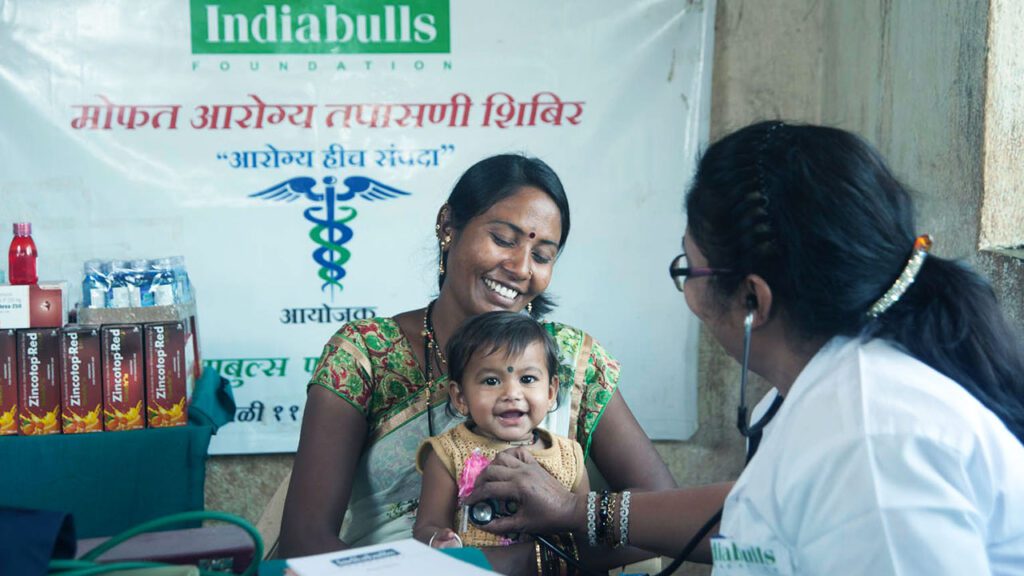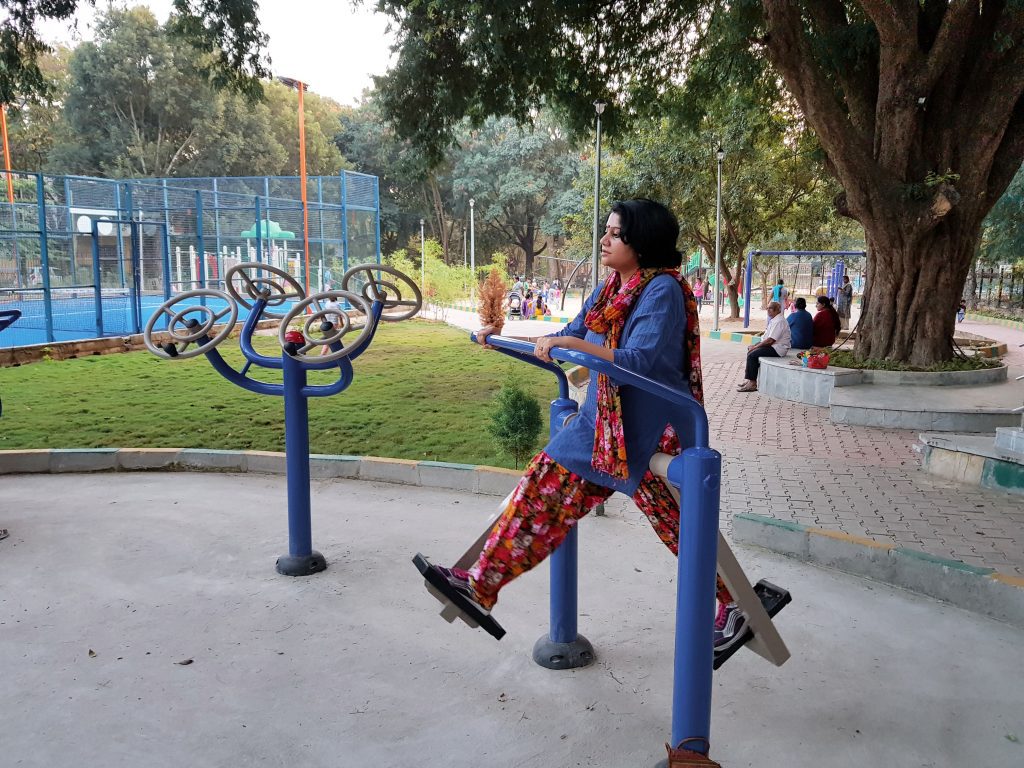Community health and hygiene are essential for promoting the well-being and productivity of individuals within a community. This article highlights the importance of community health and hygiene. We’ll also look at the necessary components for promoting it, and the role of individuals, healthcare providers, and other stakeholders in ensuring its sustainability.
Importance of Community Health and Hygiene
Poor hygiene practices and inadequate healthcare systems can lead to the outbreak of infectious diseases. This can have devastating consequences on the health and productivity of the entire community. Additionally, poor hygiene practices and unhealthy living conditions can lead to chronic illnesses that can reduce the quality of life within the community.
Factors affecting Community Health and Hygiene
Access to Clean Water and Sanitation Facilities

Accessible clean water and sanitation facilities are fundamental for maintaining good hygiene practices such as handwashing and bathing. Poor access to clean water and sanitation facilities can lead to the spread of water-borne diseases such as cholera, typhoid fever, and dysentery. These diseases can cause severe illness and even death, particularly among vulnerable populations such as children and the elderly.
Organizations like governments, NGOs, and the private sector have implemented various initiatives to improve access to clean water and sanitation facilities. These initiatives include drilling boreholes, constructing water treatment plants, and promoting the use of water purifiers. QNET, along with Cuckoo, presents MyHomePlus DELIGHT NANO and MyHomePlus KNIGHT ALKALINE water purifiers. These water purifiers use advanced RO membrane technology, which purifies 99.99% of water and disintegrates water-borne pathogens like bacteria, viruses, and other harmful substances from the water.
Similarly, sanitation facilities such as toilets and waste disposal systems have been constructed to improve community hygiene practices. The provision of these facilities has been instrumental in reducing the spread of water-borne diseases in many communities worldwide.
Robust Healthcare System

A good healthcare system involves the provision of preventative, curative, and rehabilitative services. Preventative services include immunizations, health education, and disease surveillance. Curative services involve the treatment of illnesses and injuries, while rehabilitative services involve restoring an individual’s health after a severe illness or injury.
A robust healthcare system is essential in promoting community health and hygiene. Healthcare providers can provide health education on proper hygiene practices such as handwashing, environmental sanitation, and food hygiene. Additionally, healthcare providers can offer regular check-ups and screenings to detect and treat illnesses early. Timely diagnosis and treatment of illnesses are crucial in preventing the spread of infectious diseases within a community.
Collaboration between Stakeholders

Healthcare providers must collaborate with other stakeholders, such as community-based organizations and the private sector, to promote community health and hygiene. Collaboration can involve joint initiatives such as community health fairs, health education campaigns, and the provision of health services. The involvement of other stakeholders is essential in ensuring the sustainability of community health and hygiene initiatives.
Role of Individuals

Individuals also play a critical role in promoting community health and hygiene. Individuals can practice good hygiene practices such as handwashing, proper waste disposal, and maintaining clean living environments. These practices are essential in preventing the spread of diseases like diarrhea, typhoid fever, and cholera.
In addition to hygiene practices, individuals can make healthy lifestyle choices like regular exercise, a healthy diet, and the avoidance of harmful substances such as tobacco and alcohol. These choices are essential in preventing chronic illnesses such as diabetes, hypertension, and heart disease. You can check out QNET India’s health and wellness brand-Nutriplus. Nutriplus offers a diverse range of health supplements, superfoods, and antioxidants that focuses on different aspects of your body to maintain your overall well-being and health!
Role of Governments and Other Stakeholders

To promote healthy lifestyle choices, governments and other stakeholders can implement policies that promote physical activity and healthy eating habits. For example, governments can construct parks and other recreational facilities to encourage physical activity. They can also implement policies that promote the consumption of healthy and nutritious fruits and vegetables.
Community Involvement

The involvement of the entire community is essential in promoting community health and hygiene. Community involvement can involve the provision of resources, such as land for the construction of water and sanitation facilities. It can also involve the participation of community members in health education campaigns and other initiatives to promote community health and hygiene. Community involvement is critical in ensuring the sustainability of community health and hygiene initiatives and promoting ownership of these initiatives among community members.
Disease Surveillance and Control

Another critical aspect of community health and hygiene is disease surveillance and control. Disease surveillance involves monitoring the occurrence of diseases within a community. Meanwhile, disease control involves implementing measures that focus on the prevention and control of the spreading of diseases. Disease surveillance and control are essential in preventing disease outbreaks and minimizing their impact on the community.
To ensure effective disease surveillance and control, governments and other stakeholders can implement various measures. These include early detection and reporting of diseases, contact tracing, and providing vaccines and other preventative measures. These measures can help prevent the spread of diseases within the community and minimize their impact on individuals’ health and productivity.
Conclusion
In conclusion, community health and hygiene are essential for the well-being of individuals and the overall productivity of communities. The above mentioned factors are critical in promoting community health and hygiene. The involvement of individuals, community-based organizations, and other stakeholders is essential in ensuring the sustainability of community health and hygiene initiatives. Governments and other stakeholders must prioritize community health and hygiene to promote the well-being of individuals and the overall development of communities.











